The ultimate budget foods – foods to buy and prepare when you want to cut your grocery bill – are at the heart of the Mediterranean Diet as well as other cultural food traditions from around the world. The Mediterranean Diet has been called cucina povera, “the kitchen of the poor,” or peasant cooking, cooking that requires ingredients produced locally.
Despite the fact that (for the most part) we are not relying entirely on foods grown locally, it is very possible to take this concept and turn it into healthy, budget-friendly meals that are super delicious.
Cookbook author Giulla Scarpaleggia captures this perfectly through the title of her 2023 book, ?Cucina Povera: The Italian Way of Transforming Humble Ingredients into Unforgettable Meals.”
Of course, this isn’t only an Italian concept, it can be global. Here are some ways to take humble, budget-friendly ingredients, and as Giulla suggests, turn them into unforgettable meals! To do this, take a look at the global recipe favorites from the Oldways and Whole Grains Council recipe collection (below), along with current grocery store pricing for these ingredients that are friendly to your bank account, your health and your taste buds! (NOTE: To avoid fluctuating regional differences, we used Walmart.com for grocery pricing.)
Beans
Canned and dried beans are perfect for families on a tight budget. Not only affordable, beans are packed with protein and fiber, and are adaptable, fitting into any cuisine. Just think of rice and beans – a universal dish. Here are a few global favorites from the Oldways recipe collection. Try to buy no- or low-sodium canned beans and be sure to rinse well. Try the recipes below, and if you’d like more, check out Oldways 12 Great Ways to Use Canned Beans.
Black Bean Bulgur Salad (Mediterranean)
Chana Masala (Asian Heritage)
Easy Black Bean Soup (Latin American Heritage)
Healthy Hoppin’ John (African Heritage)
National Brand Beans (Cannellini, Kidney, Black, others) 15 ounces, $1.28
Private Label Beans (Cannellini, Kidney, Black, others) 15 ounces, $.78
Brown Rice
Nutrition-wise, brown rice is a great choice. Brown rice contains all of its healthy bran and germ, has more than twice as much fiber, potassium, vitamin B6, and magnesium as refined white rice, as well as more of many other essential nutrients. Whole grain brown rice has been shown to cut diabetes risk, inhibit some cancers, and darker colored rice such as red and black rice are rich in antioxidants. It’s also a great choice in terms of taste and its adaptability to different cuisines.
USA Rice’s Research on Rice Eating Occasions compiled by The Hartman Group found that as a key component of a variety of regional and global cuisines, brown rice was more likely to be consumed when connecting with one’s own heritage or ethnicity. When compared to total occasions, brown rice occasions highly over-index for Chinese, global fusion, Spanish, Indian Middle Eastern, and Tex-Mex cuisines, and then strongly over-index for Mexican, Contemporary Italian, French, and Japanese cuisines.
The research also shows brown rice is often paired with healthy ingredients and helps to drive consumption of other nutrient-dense foods. Brown rice is most frequently paired with more health-forward categories such as vegetables, salads, and beans/legumes when compared to both white rice and total eating occasions. Those health-forward categories all over-index on brown rice occasions, with vegetables present on 41% of brown rice occasions, meat protein at 27%, salads at 27%, eggs at 24%, fruit at 24%, and legumes at 24% of all brown rice eating occasions – most of those ingredients also budget friendly. And as you can see below, long grain brown rice is less expensive than the same private label long grain white rice.
Brown Rice Pilaf with Golden Raisins and Almonds (Mediterranean)
Brown Rice and Red Beans in Light Coconut Milk (African Heritage)
Wild Veggie Tostadas (Latin American Heritage)
Vegetarian Bibimbap (Asian Heritage)
Private Label Long grain White Rice 16 ounces $.92, 32 ounces $1.77
Private Label Long grain Brown Rice 16 ounces $.88 32 ounces $1.64
Pasta
Today’s healthy pasta meals have roots that stretch back to ancient times. Thousands of years ago, people ground wheat, mixed it with water to make a wheat paste, dried it, and then boiled it to go with meals. Today’s consumers welcome pasta to their tables for its versatility and convenience, just as nutrition scientists recognize pasta meals for their place in healthy eating patterns.
A healthy pasta meal is truly the sum of its parts and features two key factors: what you pair with your pasta, and how much pasta you eat in a meal. Pasta is an ideal partner for healthy foods and ingredients such as vegetables, beans, and herbs (whole or in sauce form) and extra virgin olive oil. Nuts, fish, and small amounts of meat or cheese can also be added for extra flavor and protein. Pasta’s versatility allows for almost endless preparations. Healthy pasta meals are a balance of pleasure and health! As you can see below, it doesn’t cost extra to eat healthfully.
Pasta e Fagioli (Mediterranean)
Sopa de Fideos (Latin American Heritage)
Asian Garlic Noodles (Asian Heritage)
Jamaican Rasta Pasta (African Heritage)
National Brand Penne 16 ounces $1.76
National Brand Whole Grain Penne 16 ounces. $1.76
Frozen vegetables
Vegetables are at the heart of all traditional diets around the world. However, a report by the CDC in 2022 found that only 10% of adults in the US are eating the recommended daily serving of vegetables (2-3 cups daily). Cost and availability are cited as reasons. It is also believed that Americans often (1) can’t name the vegetables in the produce department; (2) don’t know how to cook them; and (3) worry about having them go to waste in the refrigerator at home.
Frozen vegetables are an affordable and available solution. They are not expensive (see below); the name is on the package; the directions for cooking are on the package; and you don’t need to cook the entire package – a half-used bag can go back into the freezer and used another time. No waste. To stretch even more flavor and nutrition from a pot of simmering vegetables, save the cooking water for another use, such as for future soups or sauces. In African Heritage culinary traditions, this nutritious cooking liquid is called pot likker, which no savvy cook would let go to waste.
Vegetable Risotto (Mediterranean)
South American Vegetable and Rice Soup (Latin American Heritage)
Aloo-Palak (Asian Heritage)
Oldways Kenyan Vegetable Mashed Potatoes (African Heritage)
Private Label corn or peas and carrots or peas, steamable bag, 12 ounces. $.98
Private Label Mixed vegetables 32 ounces $2.28
Canned tomatoes
Tomatoes are a great source of several vitamins and minerals: Lycopene, Vitamin C, Potassium, Iron, Fiber and Beta Carotene[1].
We can all agree that perfectly ripe fresh tomatoes are a treat. But they have a fairly short growing season. For those months when tomatoes are not in season in your neck of the woods, canned tomatoes are a perfect option for tomato lovers, because they are harvested fresh and packed within hours and can deliver year-round nutrition, good taste, and affordability.[2]
When cooking with canned diced tomatoes, don’t discard the tomato liquid if your recipe doesn’t call for it. This liquid can be saved and used as a way to add flavor to rice or other whole grains, such as in the Jollof Rice recipe below.
One Pot Mediterranean Orzo (Mediterranean)
Oldways Jollof Rice (African Heritage)
Asian Tomato and Rice Bowl (Asian Heritage)
Chicken Tortilla Soup (Latin American Heritage)
National Brand Diced (petite, fire-roasted, with herbs), 14.5 ounces. $1.24
Private Label Diced or Crushed 32 ounces. $1.36
Eggs
The incredible egg was the budget buster of the 2023 new year. The price of eggs went through the roof and were not on anyone’s budget grocery list. Prices have stabilized (see below), and it’s smart to put eggs back on your shopping list.
Packed with protein, eggs are a staple in the Mediterranean Diet. They’re easy to find, easy to keep on hand in the refrigerator, economical, nutritious, and versatile. One large egg contains about 70 calories, 5 grams of fat and 6 grams of protein. The yolk, which has nearly 50% of the egg’s protein, is a source of vitamin D and many other vitamins and minerals, so unless you are on a restricted diet, eat the entire egg, as many as one a day.
Eggs fit into menus around the world. Here are a few of our favorites. For more ideas, take a look at 12 Great Ways to Use Eggs.
Greek Lentil Frittata (Mediterranean)
Harissa Hummus Breakfast Tartine (African Heritage)
Edamame Sweet Pea and Egg Breakfast Tortilla (Latin American Heritage)
Miso Kale Power Bowl (Asian Heritage)
12 White Eggs $1.54
12 Cage-free Brown Eggs $2.58
12 Organic Cage-Free Brown Eggs $3.93
Canned Tuna and Salmon
There are so many reasons why canned seafood is good for your health: they are high in Omega-3 fatty acids, protein, vitamin D, iron, vitamin B-12 and selenium.[3]
Convenience, price and ease are three more reasons to rely on canned and pouched seafood. Keeping these cans and pouches in your pantry makes an easy, delicious, healthy meal only minutes away. Here are some great recipes from around the globe.
Tuna with White Beans Celery and Peppers (Mediterranean)
Jalapeno Corn Salmon Patties (Latin American Heritage)
12 Great Ways to Use Canned Tuna
Private label, chunk light tuna in water, 5 ounces, $.96, White Albacore, 5 ounces $1.62
National brand, chunk light tuna in water, 5 ounces, $1.14, White Albacore, 5 ounces $1.63
Private label, chunk style pink salmon, 5 ounces, $1.80
National brand, chunk style pink salmon, 5 ounces, $2.14
Extra Strategies
Summertime is also a great time to shop for local produce, a time when the prices are at their lowest. Other strategies for saving money AND eating healthy, culturally relevant meals that taste great include:
- Planning ahead – meals are priority
- COOK! Less pre-packaged, highly processed foods.
- Eat more of the less expensive foods – like beans (whether dried or low sodium canned)
- Shop in season, on sale, in bulk
- Reduce meat consumption – use meat as an accent, a condiment
- Skip the snack aisle
- Mix high quality carbohydrates like pasta and whole grains with vegetables (fresh, canned, frozen)
- Garden – grow some of your own food
- Eat more whole grains – you’ll be fuller for longer
- Eat soups and also thicken them with whole grains
Want biweekly Heritage Diet information and recipes in your Inbox? Sign up for our Fresh Fridays newsletter by clicking the Subscribe button at the bottom of this page!
[1] Tomatowellness.com
[2] Canned Food Alliance – www.mealtime.org
[3] Oldways https://oldwayspt.org/blog/holy-mackerel-why-you-should-be-eating-more-canned-seafood



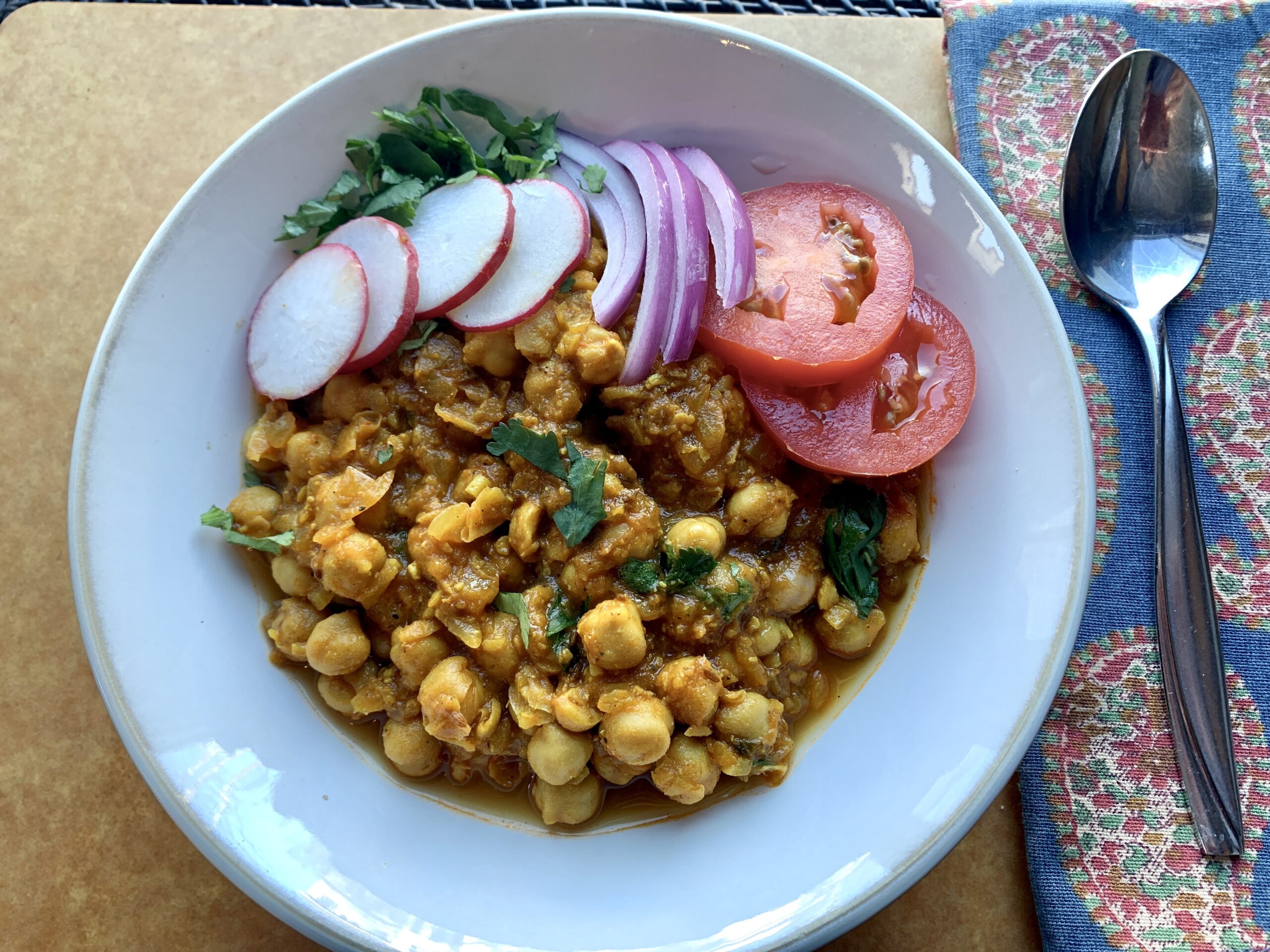
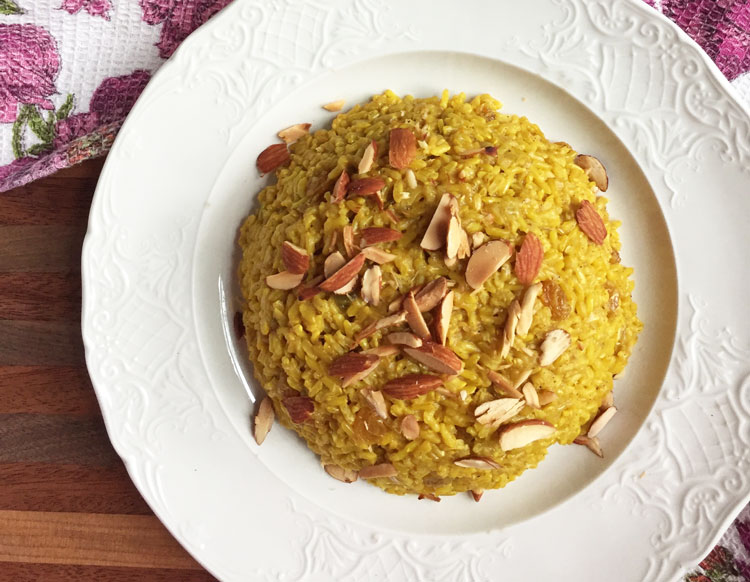
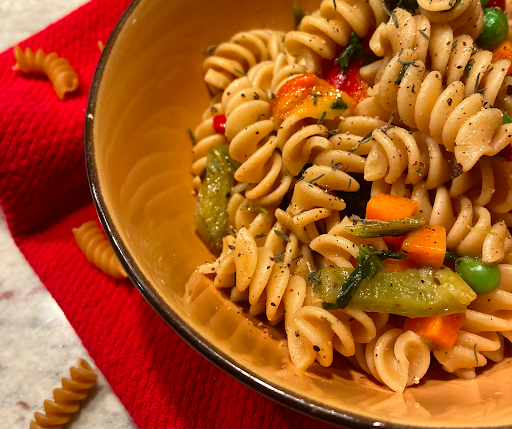
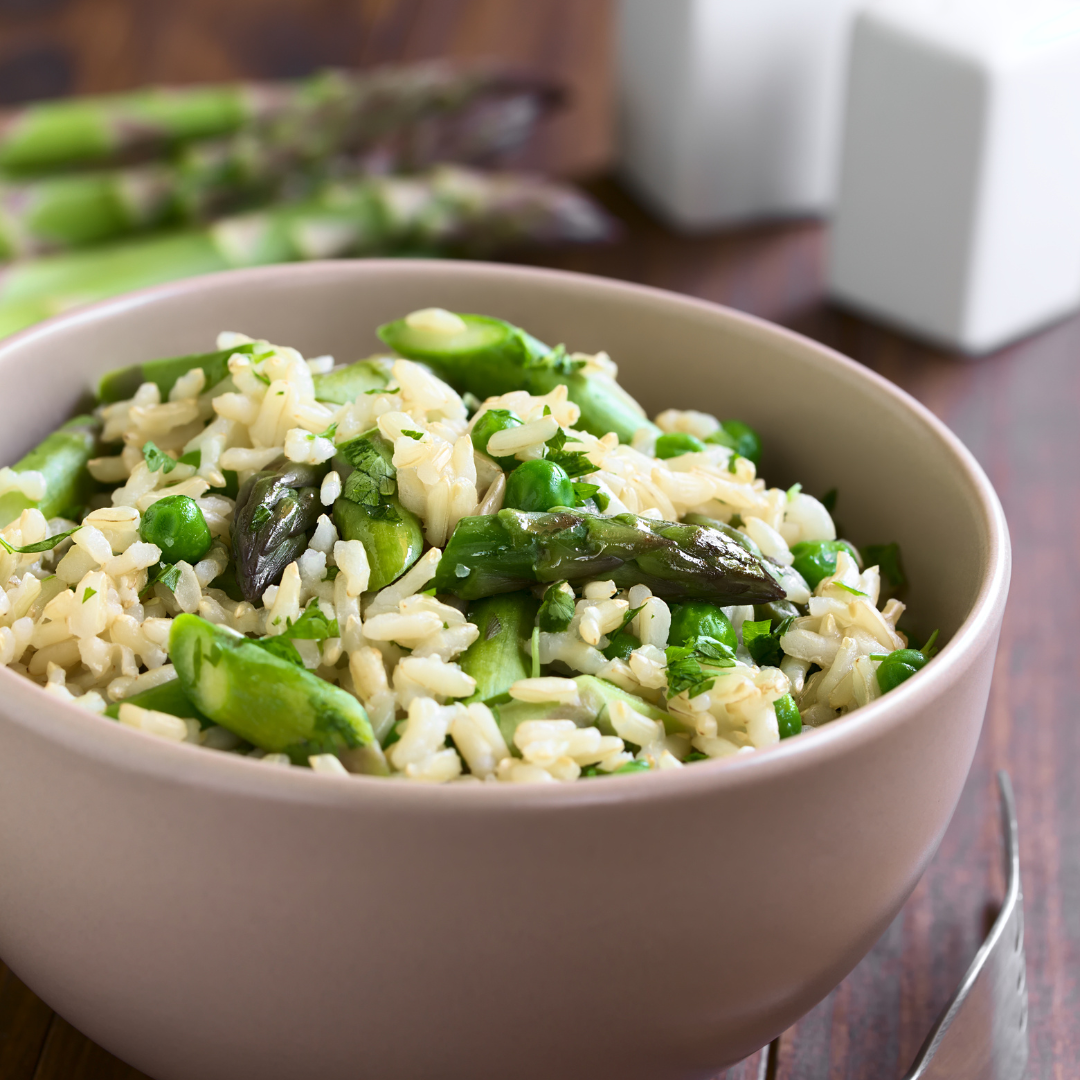
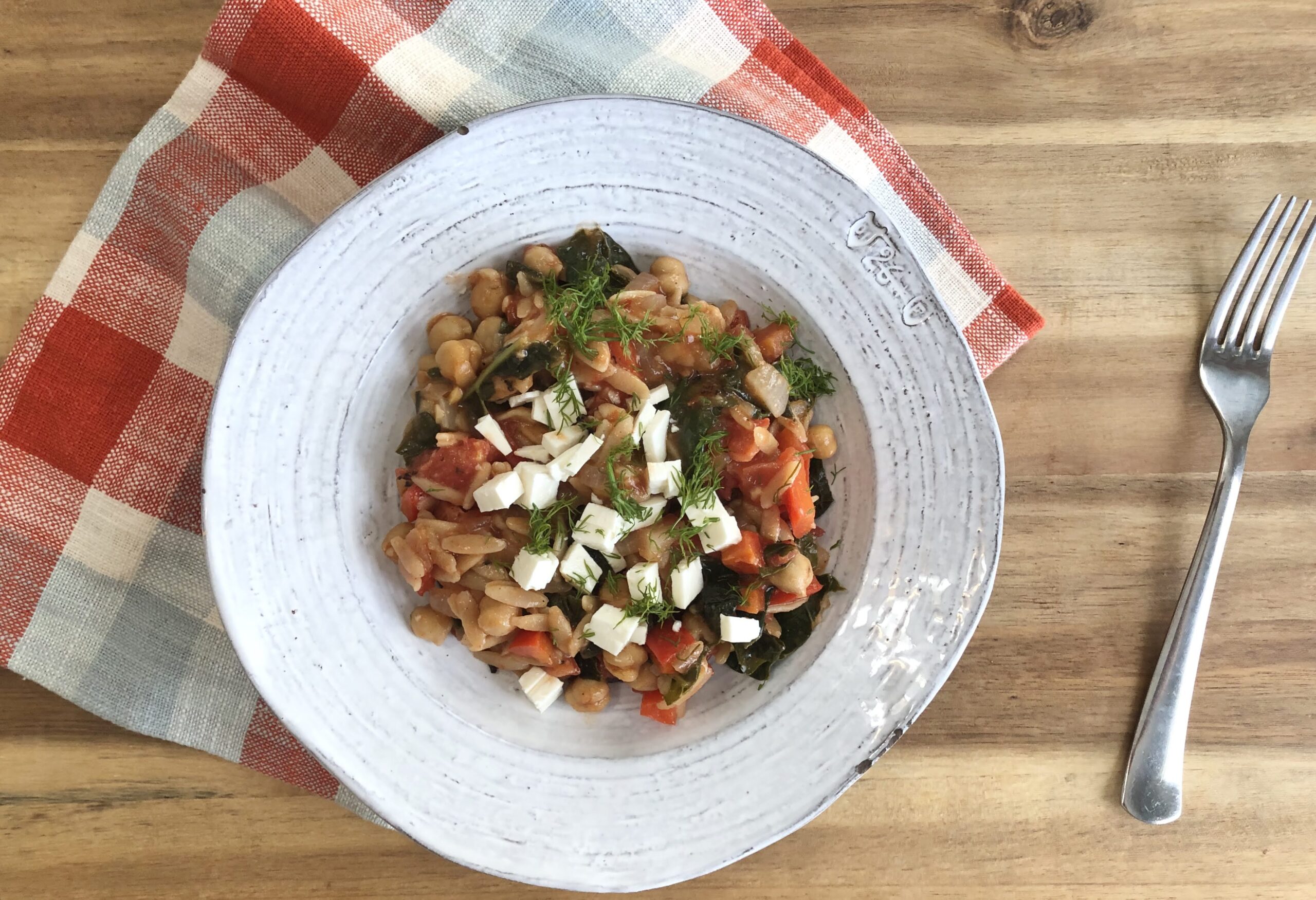

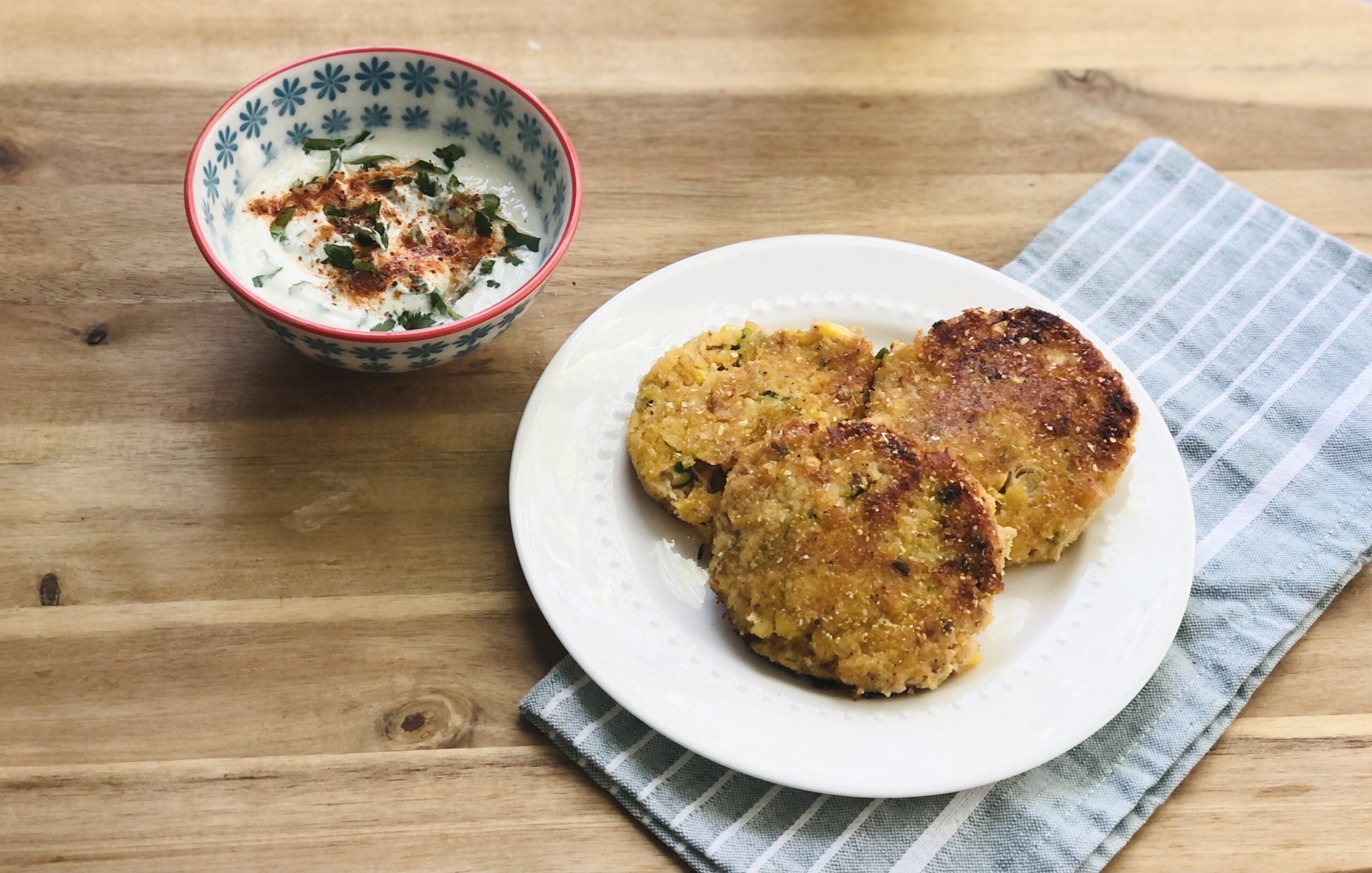




Leave a comment